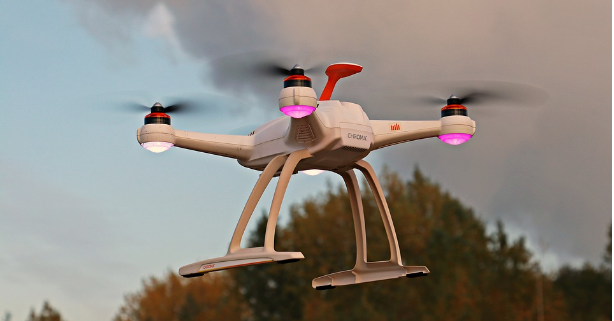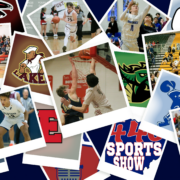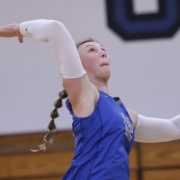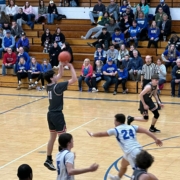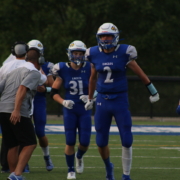USING DRONES TO ANALYZE PERFORMANCE
Sports analysts are a key part of major teams’ backroom staff these days, from football to baseball, basketball to soccer.
They are the people who look to find the marginal gains, the small wins which might be the difference between victory and defeat. That might be looking at GPS data, it might be watching games back in finite detail or it could be pouring over stats and figures to find the one percent they need to beat the opposition. An article by Harvard Business Review outlines how solving big problems is best approached by finding small wins, and that is particularly important in sports.
That sort of depth might not be available at college level or in local sports, but it does not mean the teams hoping to get ahead do not have some options. Increasingly, local teams are turning to drones to help improve performance.
Drones are being seen more and more within the context of sports, particularly for new and innovative camera angles during televised events, but they can also be used at a local level to find marginal gains on the field of play. An example of this is in college football, where coaches are filming games and practice, then analyzing the video for points to develop.
Jim Mora is a football coach at UCLA football, and he uses the footage they take to look at hand and foot placement and spacing. “When it hovers above the line of scrimmage, you can get a real clear perspective of spacing between your offensive linemen, or differences in depth of the rush lanes of your defensive linemen,” he told ESPN.
Some colleges are also interested in using footage from drones to complete visual playbooks or to study opposition plays post-game for better information into defense. Certainly, in the context of football, the use of drones has become increasingly popular and a tool every coach should explore.
Picking and choosing the right product is not always easy though. The array of drones featured on Adorama serves to indicate exactly what choice you are faced with when making a purchase. It is worth looking for something that will follow a fixed point if programmed, such as the DJ Air Mavic, a versatile and affordable product. Much depends on the budget of course and how much your college sees value in such a venture. By using a drone that fixes to a key point, you can follow play rather than having to rely on an operator. Assessing your needs before planning a purchase is vital, but also be aware that if you like the options offered by a drone, you may expand the usage, so spec up where you can.
“It’s cool, yeah,” added Mora, who went to lengths to explain how it was far from a gimmick. “It looks neat and it’s fun and it generates a lot of excitement, but at the same time, there are very specific reasons why we use it, and we get a lot out of it,” he added.
There is a caveat to drone use – it would be worth investigating any bylaws that may cover your area. You may not be allowed to turn up to the Ohio state championships at Fortress Obetz and fly a drone, especially if there are people in attendance, even if you intend to use the footage proactively. Football teams based near airports might also be subject to strict rules, and the FAA is still coming up with clear legislation on who can use drones and in what capacity.

